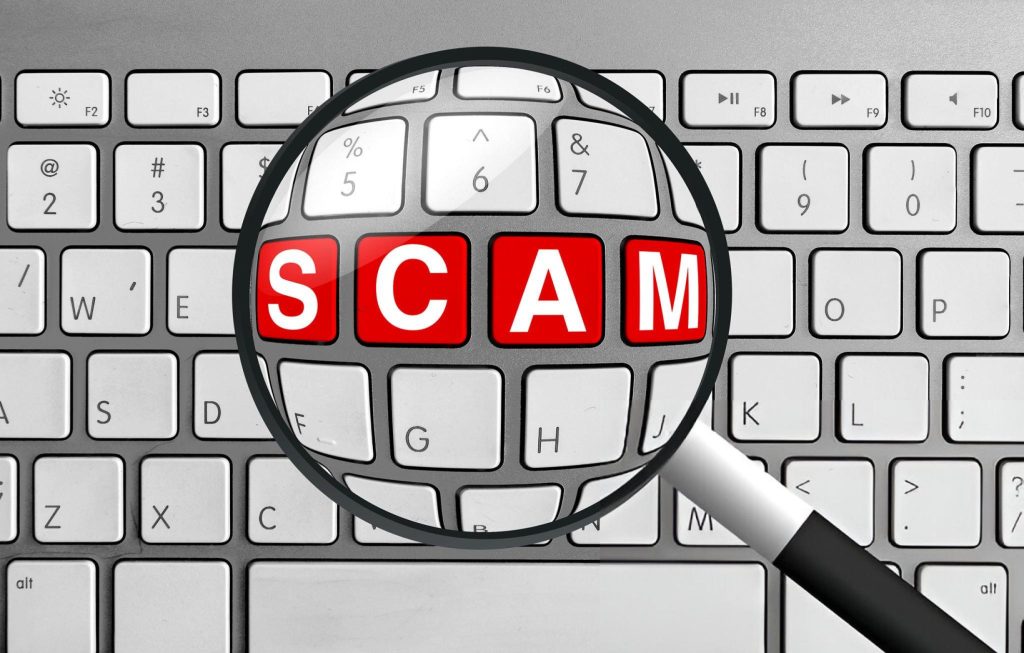In the age of viral content, it’s easy to get caught up in what we see online. But not everything that grabs our attention is real. From misleading headlines to full-blown internet scams, digital deception is everywhere—and knowing how to spot it is more important than ever.
Whether you’re browsing the news or checking a WhatsApp message from a friend, these practical tips can help you separate fact from fiction.
What Is Fake News?
Fake news looks like real news, but it aims to mislead people, stir emotions, or go viral for the wrong reasons. Creators write eye-catching headlines that twist the truth, post out-of-context images, and design fake websites that mimic real ones. Even sharp readers can fall for it. Sometimes, people mistake jokes or satire for actual news and share them without checking. Imagine reading a shocking post about a celebrity’s death—only to discover later that someone made it up. That’s why learning to spot fake news is so important.
What Are Online Scams?
Online scams trick people into giving away personal information, money, or access to their devices. Scammers often pose as trusted sources like banks, government agencies, or well-known companies.
Common scams include:
- Phishing emails or texts pretending to be urgent alerts
- Fake job offers asking for upfront payments
- Fraudulent e-commerce sites selling non-existent products
- Lottery or prize-winning messages asking for bank details
📌 Related: How to Recognize and Avoid Phishing Scams—FTC
How to Spot Fake News

1. Check the Source
Is the website credible? Look for known news outlets and check if the domain looks suspicious (e.g., .co instead of .com).
2. Look Beyond the Headline
Click through and read the full article. Many fake stories rely on misleading headlines to grab attention.
3. Verify the Author
Does the article list a real author? Google their name to see if they’re legitimate.
4. Cross-Check with Other Sources
Search the same story on Google News or reliable news outlets. If no one else is reporting it, it may be fake.
5. Check the Date
Sometimes old stories are shared out of context to create a false impression.
6. Inspect the Images
Right-click an image and use Google Reverse Image Search to see where else it appears and if it’s been used misleadingly.
📌 Related: Google Fact Check Tools
How to Spot Online Scams

1. Watch for Urgency or Fear Tactics
Messages that push you to “act now” are a red flag. Scammers create panic to make you act without thinking.
2. Check Email Addresses and URLs
Fraudulent messages often come from suspicious email addresses or misspelled websites.
3. Don’t Share Personal Info Easily
No legit organization will ask for your bank details, OTPs, or passwords via email or text.
4. Look for Too-Good-To-Be-True Offers
A free iPhone? A work-from-home job that pays ₹1 lakh a week? Probably a scam.
5. Use Scam Reporting Tools
Report phishing attempts or scam messages. Most browsers and email providers offer this feature.
📌 Related: Report Online Scams in India—Cybercrime.gov.in
Build Digital Literacy
Being alert online isn’t just about avoiding scams—it’s about becoming a smart digital citizen. Here’s how you can stay sharp:
- Use fact-checking websites like Alt News or Snopes
- Educate friends and family, especially those less tech-savvy
- Install trusted browser extensions that help detect fake news and phishing attempts
- Follow credible journalists and tech safety accounts on social media
Final Thoughts
The internet is a powerful tool—but it’s also a place where misinformation spreads fast. By learning how to spot fake news and scams, you protect yourself and help others stay safe too. Be curious. Be skeptical. And when in doubt, check twice before clicking or sharing.




